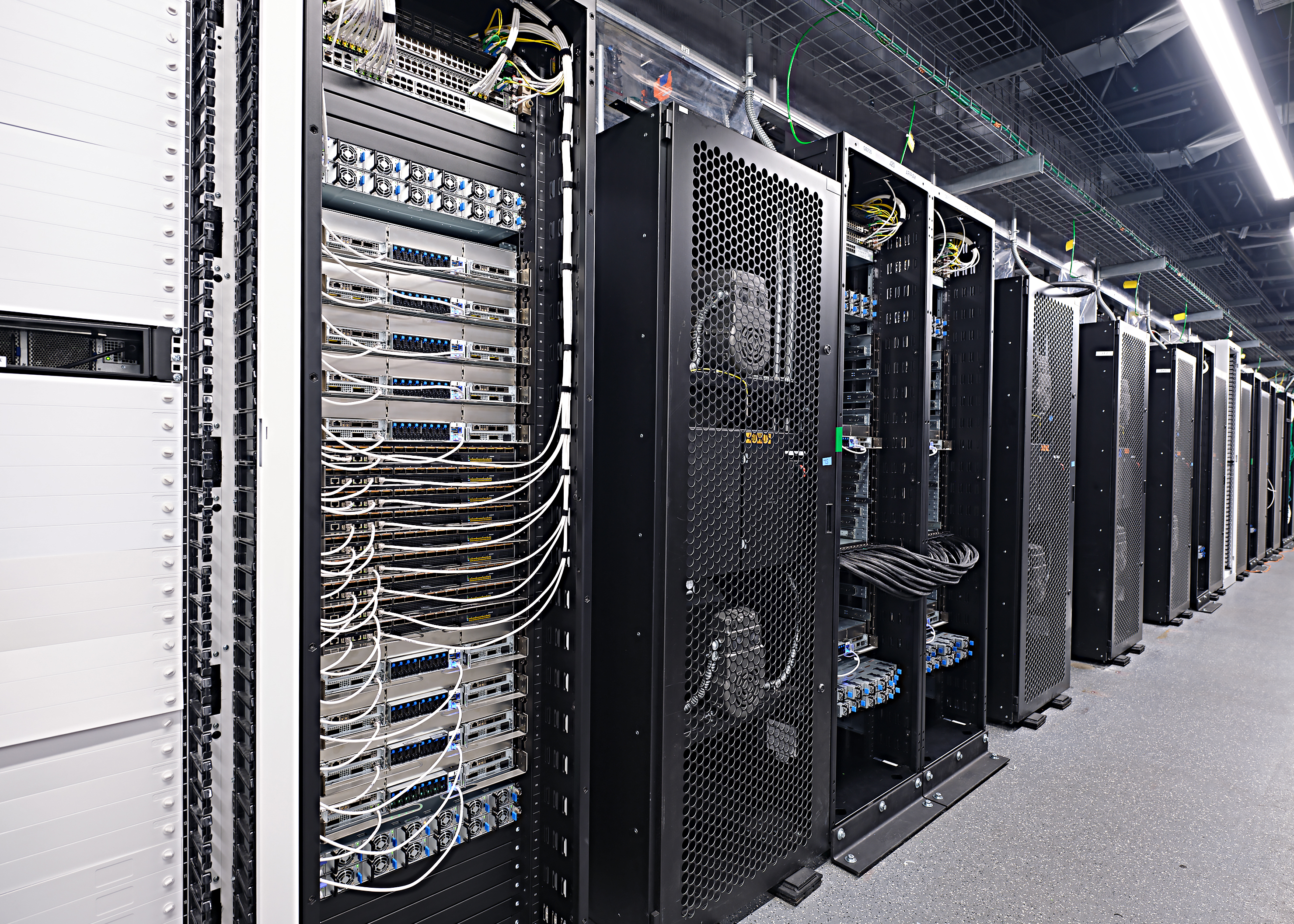Siliconangle
1M
284

Image Credit: Siliconangle
How Nvidia is creating a $1.4T data center market in a decade of AI
- For more than three decades, x86 architectures dominated computing. Today, general-purpose processing is giving way to specialized accelerators.
- We categorize “extreme parallel computing” as the specialized hardware and software for AI training, inference, HPC clusters and advanced analytics.
- Nvidia accounts for roughly 25% of the entire data center segment. Our view is that Nvidia will retain that leading share throughout the forecast period — assuming it avoids unforced errors — despite intense competition from hyperscalers, AMD and others.
- We have modeled the entire data center market — servers, storage, networking, power, cooling and related infrastructure — from 2019 through 2035. Our research points to a rapid transition away from traditional general-purpose computing toward extreme parallel computing.
- We believe the transition from general-purpose, x86, central processing units toward distributed clusters of graphics processing units and specialized accelerators is happening even faster than many anticipated.
- InfiniBand emerged as the go-to for ultra-low-latency interconnects. Now, we see that trend permeate hyperscale data centers, with high-performance Ethernet as a dominant standard which will ultimately in our view prove to be the prevailing open network of choice.
- Nvidia’s advantage does not hinge on chips alone. Its integration of hardware and software — underpinned by a vast ecosystem — forms a fortress-like moat that is difficult to replicate.
- Although competition is strong, none of these players alone threatens Nvidia’s long-term dominance — unless Nvidia makes significant missteps.
- The data center — as we have known it — will transform into a distributed, parallel processing fabric where GPUs and specialized accelerators become the norm.
- The anticipated shift toward accelerated compute forms the foundation of our bullish stance on data center growth.
Read Full Article
17 Likes
For uninterrupted reading, download the app